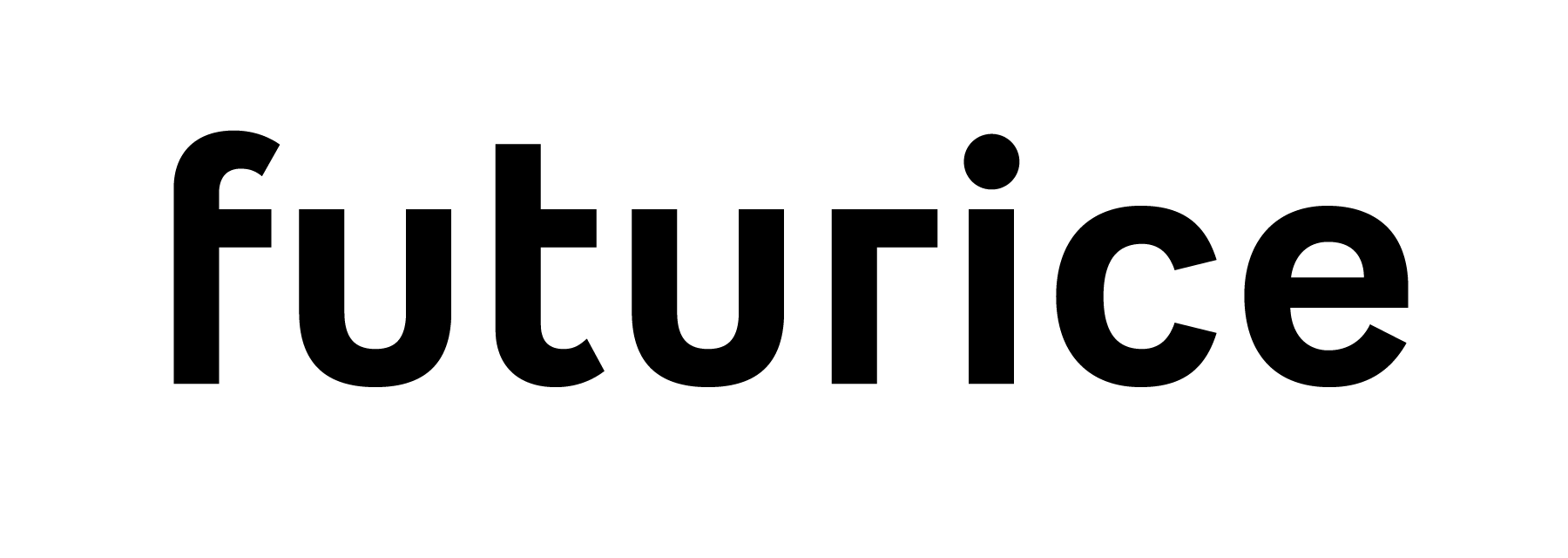Introduction
We are in the middle of a social commerce revolution, and social commerce is expected to rise by 30% in the next four years. The increasing demand is based on the convenience of shopping. Contributing factors include: social media as an ideal place to closely follow how others consume, which feeds both the need to belong, and more negative feelings of envy and fear of missing out; the masters of addictive user flows – Facebook, Instagram, Pinterest and TikTok – have created almost frictionless transactions; and brands collaborate with armies on nano and micro influencers, social media stars and celebrities to guide our attention. Orchestrating the influencer collaborations will call for new kinds of (AI-assisted) tools. However, the influencers will be compromised and lose their market value if they cannot act freely and use their original ways of telling stories to their followers. Agile small brands often manage this better than older and more established houses, so we may see disruption in many product areas.
Next steps
When you see your peer cook something exciting in their social media stream, you should be able to add the needed ingredients to your grocery delivery with a single click. Buy the headphones your favorite soap opera character wears directly via a streaming service. Everything will become instantaneous and quick. This is a huge opportunity to for smaller brands and a massive one for big companies.
Opportunities
- Utilice the new marketplaces for brands and influencers
- Collaborate with micro/nano influencers
- Rethink your commercials: Build your brand story to fit the social media channel’s characteristics and features. Utilise the full storytelling potential of the platforms.








